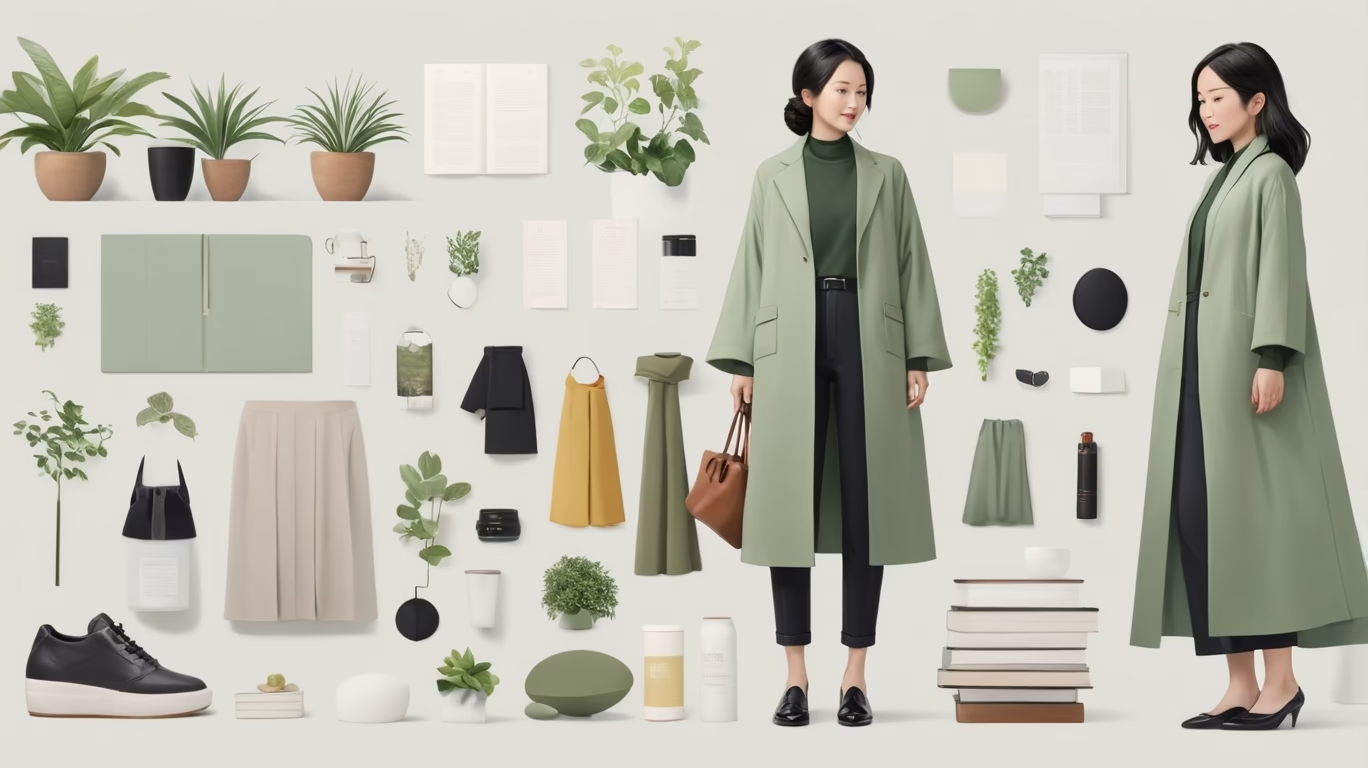One of the biggest misconceptions about minimalism is that you have to throw everything away, live in an empty white room, and own just one spoon. But that’s not true.
Minimalism isn’t about deprivation—it’s about intention. You can embrace a simpler, more meaningful life without parting with everything you love.
In this article, you’ll learn how to practice minimalism in a way that fits your personality, values, and lifestyle—without extreme measures.
What Minimalism Really Means
Minimalism is about removing distractions so you can focus on what matters most. It asks:
-
What adds value to my life?
-
What’s just taking up space, time, or energy?
-
How can I live with more purpose?
There are no rules. If something makes you happy and aligns with your values, you don’t need to let it go.
Step 1: Focus on Function, Not Quantity
Minimalism doesn’t mean you must own a specific number of things. Instead, ask:
-
Do I use this regularly?
-
Does it serve a purpose or bring me peace?
-
Would I buy this again?
If it’s useful or meaningful, it can stay. If not, it’s clutter.
Step 2: Declutter With Compassion
You don’t need to be ruthless. Instead of forcing yourself to part with everything, try:
-
Letting go in layers
-
Creating an “unsure” box to revisit later
-
Keeping sentimental items in a curated memory box
Minimalism works best when it’s gentle and gradual.
Step 3: Create Boundaries, Not Bare Walls
Minimalism is more about limits than elimination. For example:
-
One shelf for books you love, not ten
-
A capsule wardrobe, not an empty closet
-
One hobby drawer, not a garage full of gear
These boundaries create freedom—not restriction.
Step 4: Start With One Area of Life
You can begin your minimalist journey in any area:
-
Home: declutter one room
-
Digital: delete unused apps or clear your inbox
-
Schedule: say no to one unnecessary commitment
-
Finances: cancel subscriptions you don’t use
Minimalism is not just about stuff—it’s about simplifying every area of life.
Step 5: Keep What Sparks Connection, Joy, or Peace
If you collect art, love plants, or enjoy books—keep them. Minimalism supports what matters to you, not what someone else thinks is essential.
The key is to curate, not accumulate.
Step 6: Define Minimalism for Yourself
There’s no universal checklist. You get to decide:
-
What simplicity looks like
-
How much is “enough”
-
What feels cluttered versus meaningful
Minimalism is personal. The goal is not perfection—it’s peace.
You Don’t Have to Get Rid of Everything to Live With Intention
Minimalism is not a contest to see who can own the least. It’s a mindset that helps you:
-
Let go of what weighs you down
-
Keep what lifts you up
-
Live more fully in the present
You don’t need to throw away everything to be a minimalist. You just need to make room for what truly matters.

